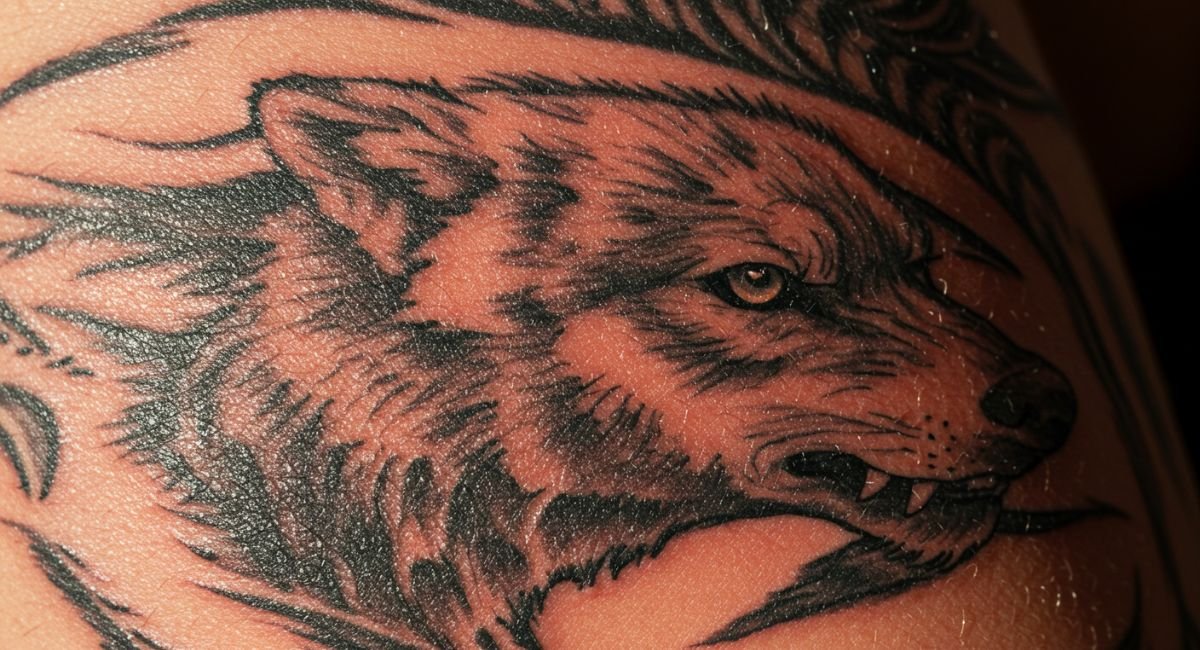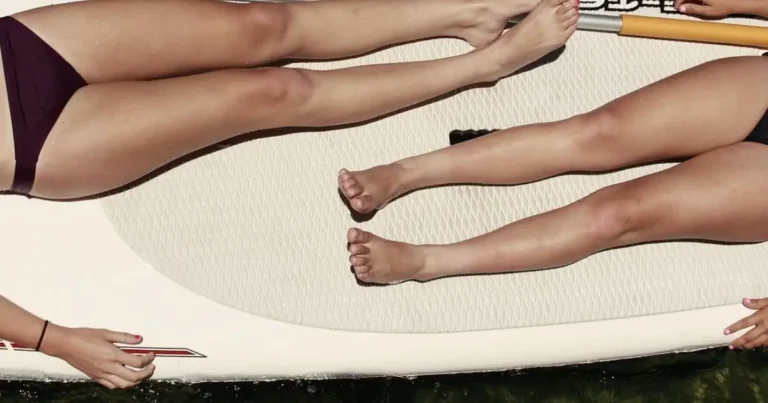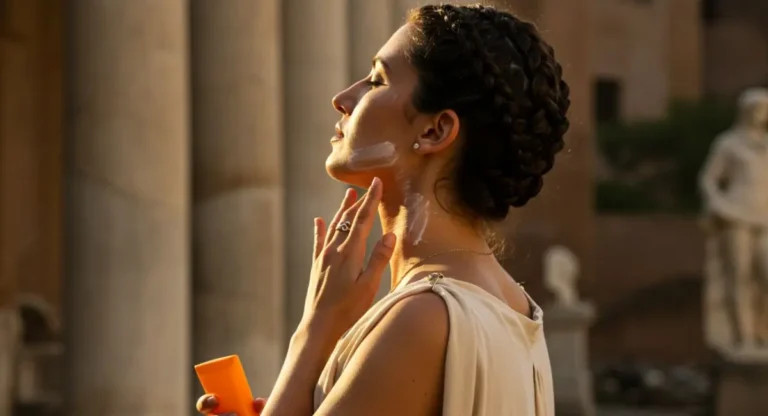The Best Ways on how to protect Tattoo from Sun Damage in 2025
The Silent Enemy of Beautiful Ink
You waited months for your appointment, endured hours under the needle, and invested both money and pain in your beautiful new tattoo. Now it’s finally healed and looking perfect—but have you thought about what happens next? That vibrant artwork you’re so proud of has an invisible enemy: the sun. Those same UV rays that can damage your skin are quietly working to fade, blur, and dull your tattoo from the very first moment of exposure.
I still remember watching my friend Mark’s intricate sleeve tattoo transform over just one summer of outdoor activities. What was once a vibrant, detailed masterpiece gradually lost its sharpness and richness because he didn’t know how to properly protect it from the sun. The disappointment in his eyes when he realized the permanent damage was heartbreaking—and completely preventable.
Your tattoo represents something meaningful to you, and protecting that investment shouldn’t be an afterthought. Thankfully, with the right knowledge and protective measures, you can enjoy your tattoo’s vibrant colors and crisp lines for many years to come, regardless of how much time you spend outdoors.
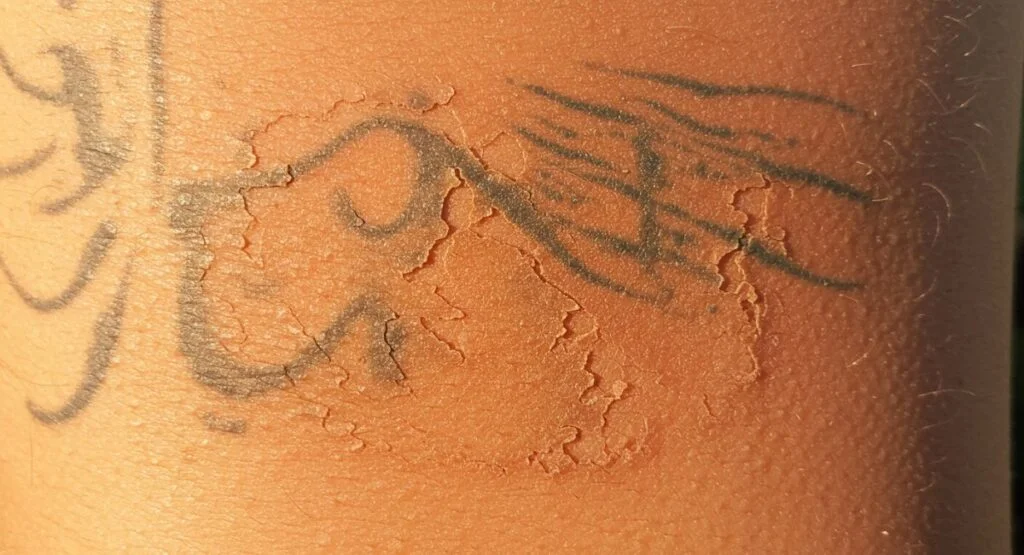
Why Sun Protection for Tattoos Matters
Before diving into protection methods of how to protect tattoo from sun, it’s crucial to understand exactly why sun exposure is so devastating for tattoos.
The Science Behind Sun Damage and Tattoos
Tattoo ink particles sit beneath the epidermis in the dermis layer of your skin. When UV rays penetrate your skin, they break down these ink particles over time. This process causes tattoos to fade, blur, and lose their vibrancy much faster than they would if properly protected.
UV radiation affects tattoos in several specific ways:
- Color Degradation: Different ink colors break down at different rates, with lighter colors like yellow, pink, and light blue typically fading faster than darker colors like black.
- Ink Particle Breakdown: UV rays physically break down the ink particles, causing them to diminish in size and spread out slightly in the skin.
- Skin Damage: Sun damage to the skin itself (like sunburn) can cause scarring and alter the appearance of tattoos.
The Long-term Effects of Sun Exposure on Tattoos
Even minimal sun exposure adds up over time. Here’s what happens to unprotected tattoos:
| Time Frame | Visible Effects on Unprotected Tattoos |
|---|---|
| Short-term (Weeks) | Slight dulling of vibrant colors, potential sunburn on tattooed area |
| Medium-term (Months) | Noticeable fading especially in yellow, red, and orange inks; decreased sharpness in fine lines |
| Long-term (Years) | Significant color fading, blurring of design elements, potential “blob-like” appearance in detailed areas |
Research published in The Journal of Dermatological Science indicates that tattoos exposed regularly to UV light without protection can show visible degradation up to 60% faster than protected tattoos over a five-year period.
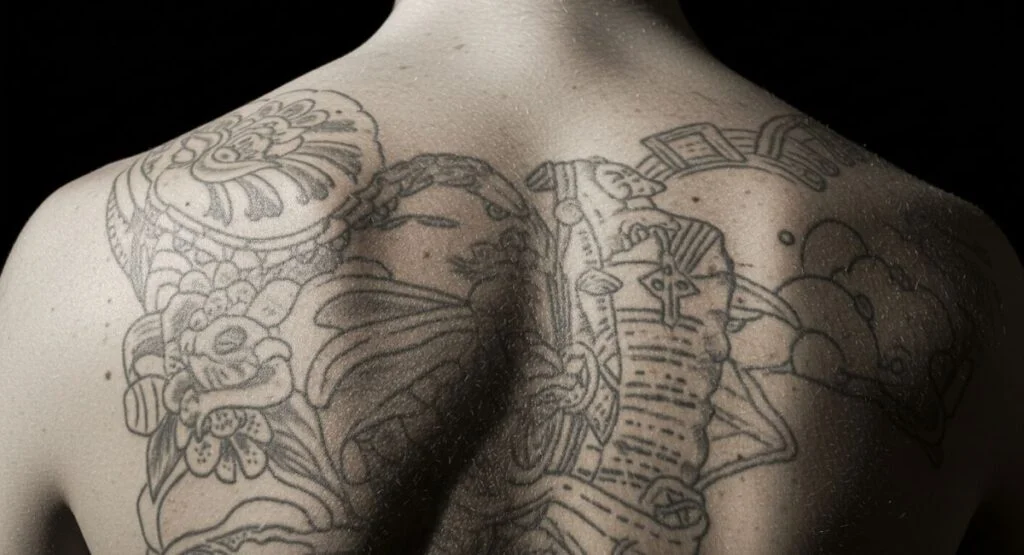
How to Protect New Tattoo from Sun
New tattoos are especially vulnerable to sun damage because they’re essentially healing wounds. Here’s how to protect your fresh ink:
Complete Sun Avoidance Period
For the first 2-4 weeks after getting your tattoo:
- Keep your tattoo completely covered when outdoors
- Avoid direct sunlight entirely until all scabbing and peeling has stopped
- Reschedule beach trips and outdoor activities if possible
- Wear loose, clean clothing over the tattoo for physical protection
When Outdoor Exposure is Unavoidable
If you absolutely must be outside with a new tattoo:
- Cover with clean, breathable fabric that blocks all direct light
- Limit time outdoors to absolute minimum necessary
- Schedule activities for early morning or evening when UV index is lower
- Never apply sunscreen to a tattoo that isn’t fully healed as chemicals may irritate the skin or affect healing
Transition to Sun Protection
Once your tattoo artist confirms healing is complete (typically after 3-4 weeks):
- Begin using high SPF sunscreen designed for sensitive skin
- Start with very brief sun exposures of 15-20 minutes maximum
- Monitor for any irritation or unusual reactions to sunlight
- Gradually increase exposure time while maintaining strict protection protocols
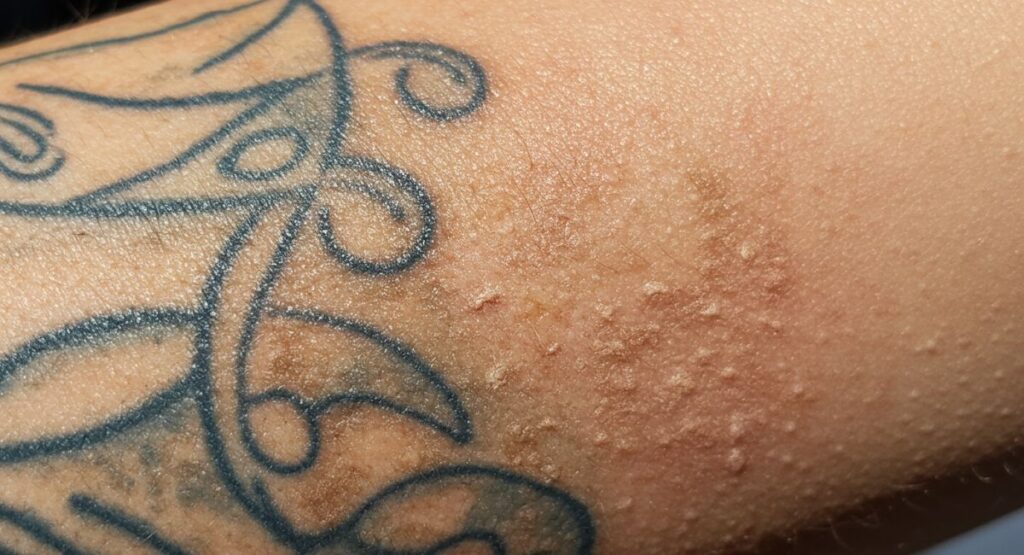
Essential Products for Tattoo Sun Protection
Specialized Tattoo Sunscreens
Not all sunscreens are created equal when it comes to tattoo protection. The best specialized tattoo sunscreens offer:
- High SPF Rating: Look for SPF 30-50 for adequate protection
- Broad-spectrum Coverage: Protection against both UVA and UVB rays
- Water Resistance: Particularly important if you swim or sweat a lot
- Non-greasy Formulation: For comfortable everyday wear
Some top-recommended specialized tattoo sunscreens include:
- INK-EEZE Tattoo Sunscreen: Formulated specifically for tattoo protection with SPF 30+ and vitamin E for additional skin benefits
- H2Ocean Sea Life Tattoo Sunscreen: Water-resistant and reef-safe with SPF 45
- CannaSmack Ink Guard SPF 30: Contains hemp seed oil for additional moisturizing benefits
Regular Sunscreens That Work Well for Tattoos
If you can’t find a specialized tattoo sunscreen, certain regular sunscreens work effectively:
- Zinc oxide-based sunscreens: These physical blockers provide excellent protection
- Mineral sunscreens: Generally gentler on tattooed skin than chemical formulations
- High SPF chemical sunscreens: When mineral options aren’t available
Remember: While chemical sunscreens are effective, some tattoo artists suggest mineral-based options may be better for preserving ink vibrancy over time.
Protective Clothing Options
Physical barriers offer excellent protection for tattoos:
- UPF-rated clothing: Specially designed to block UV rays with ratings typically from UPF 15 to UPF 50+
- Compression sleeves: Perfect for protecting arm tattoos during outdoor activities
- Rash guards: Ideal for water activities when you have torso or arm tattoos
How to Protect Tattoo from Sun: Step-by-Step Guide to Applying Sunscreen on Tattoos
Proper application technique matters just as much as the product you choose.
Before Sun Exposure
- Clean the tattooed area: Use a gentle, fragrance-free cleanser to remove any dirt, oils, or residue.
- Apply moisturizer: Wait 5-10 minutes for it to fully absorb.
- Apply sunscreen generously: Use approximately a nickel-sized amount for a 2×2 inch tattoo.
- Rub in thoroughly: Ensure complete, even coverage over the entire tattoo.
- Wait 15-20 minutes: Allow the sunscreen to fully absorb before sun exposure.
During Sun Exposure
- Reapply every 2 hours: Set a timer if needed to maintain consistent protection.
- Reapply immediately after swimming or excessive sweating: Even “waterproof” sunscreens diminish after water exposure.
- Use shade whenever possible: Minimize direct sun exposure during peak UV hours (10 am – 4 pm).
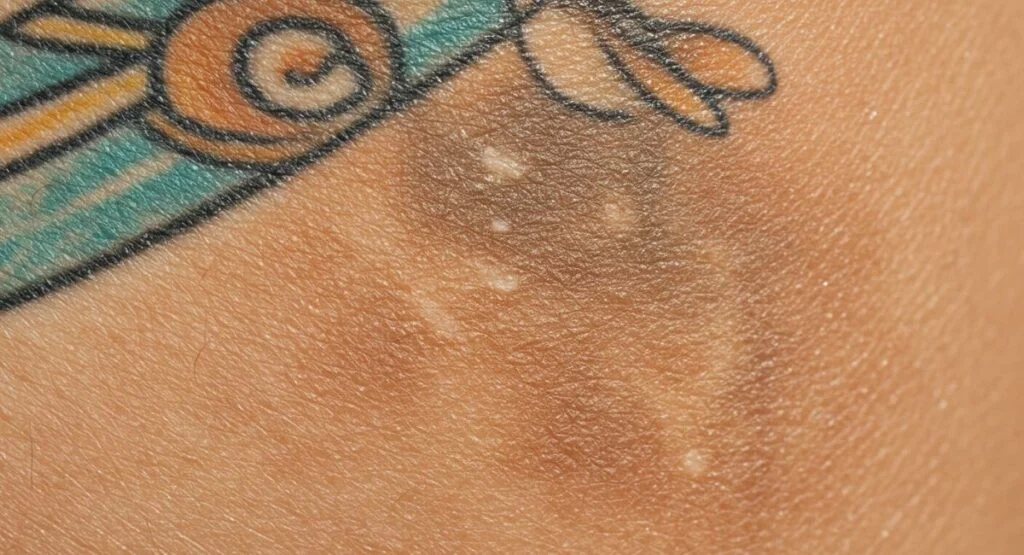
After Sun Exposure
- Cleanse gently: Remove sunscreen with a mild cleanser.
- Apply after-sun moisturizer: Look for products with aloe vera or vitamin E.
- Check for any signs of sunburn: Address immediately if your tattoo got sunburned despite protection.
Protecting New vs. Healed Tattoos
Special Considerations for Fresh Tattoos
Fresh tattoos require extra protection:
- Follow your tattoo artist’s aftercare instructions precisely
- Keep new tattoos completely covered and out of the sun until fully healed (typically 2-4 weeks)
- Never apply sunscreen to a fresh, unhealed tattoo as chemicals may interfere with healing
- When healed enough for brief sun exposure, start with very limited time and maximum protection
“The worst thing you can do to a fresh tattoo is expose it to direct sunlight. Even brief exposure can cause permanent damage to a tattoo that’s still healing.” – Jason Thompson, Professional Tattoo Artist with 15 years of experience
Maintenance Plan for Fully Healed Tattoos
Once fully healed, establish this protection routine:
- Daily application of sunscreen on exposed tattoos, regardless of weather
- Seasonal adjustments to protection methods based on UV index
- Regular moisturizing to maintain skin health, which helps preserve tattoo quality
- Annual “protection checkup” to evaluate your tattoo’s condition and adjust your protection routine as needed
Addressing Special Circumstances
Protecting Tattoos During Water Activities
Water activities present unique challenges for tattoo protection:
- Apply waterproof sunscreen 30 minutes before water exposure
- Reapply immediately after getting out of the water
- Consider using UPF-rated swim shirts or rash guards for maximum protection
- Rinse chlorine or salt water off tattoos as soon as possible after swimming
Managing Tattoo Protection During Exercise and Sports
For the fitness enthusiasts:
- Apply sunscreen before outdoor workouts
- Wear UPF-rated athletic wear when possible
- Use sweat-resistant formulations that won’t run into your eyes
- Keep a travel-size sunscreen in your gym bag for reapplication
Seasonal Adjustments for Tattoo Protection
Your protection strategy should change with the seasons:
Summer
- Maximum protection required
- Higher SPF (50+)
- More frequent reapplication
- Physical coverage whenever possible
Winter
- Don’t skip protection! Snow can reflect up to 80% of UV rays
- Moisturize more frequently to combat dry winter air
- Use sunscreen on exposed tattoos even on cloudy days
Spring/Fall
- Transitional seasons still require consistent protection
- Adjust SPF based on UV index in your area
- Be mindful of reflected UV from water surfaces during these seasons
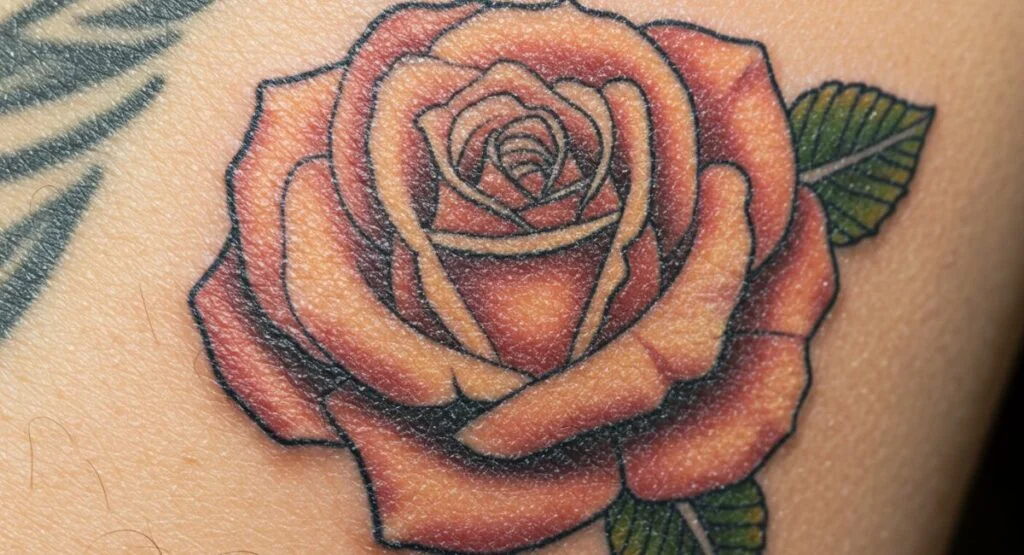
How to Protect Tattoo from Sun: Natural and Alternative Protection Methods
Natural Ingredients With Protective Properties
Some natural ingredients can complement (but not replace) conventional sun protection:
- Green tea extract: Contains antioxidants that help neutralize free radicals from UV exposure
- Raspberry seed oil: Offers some natural UV blocking properties
- Coconut oil: Provides minimal SPF (approximately SPF 4-6) and moisturizing benefits
Important: Natural ingredients alone do not provide sufficient UV protection for tattoos but can be beneficial when included in formulated products with adequate SPF.
DIY Protection Options for Emergencies
In a pinch when you’ve forgotten sunscreen:
- Opaque clothing coverage: Best emergency option
- Seek consistent shade: Second-best temporary solution
- Limit exposure time: Minimize damage by keeping sun time brief
Long-term Strategies for Tattoo Preservation
Creating a Year-round Tattoo Protection Routine
Consistency is key for long-term preservation:
- Morning application of sunscreen on tattoos that will be exposed
- Carry travel-size sunscreen for reapplication throughout the day
- Evening moisturizing routine to keep skin healthy
- Quarterly evaluation of tattoo condition and protection needs
When to Consider Touch-ups Despite Good Protection
Even with excellent protection, you might eventually need touch-ups:
- When you notice significant fading despite consistent protection
- If certain colors have degraded more quickly than others
- When fine details have begun to blur
- After 5-10 years of even well-protected sun exposure
Dealing With Already Sun-Damaged Tattoos
Evaluation and Assessment
To determine the extent of sun damage:
- Compare with original tattoo photos if available
- Look for specific issues:
- Color fading
- Blurred lines
- Patchy areas
- Overall dullness
Restoration Options
If your tattoo has already suffered sun damage:
- Professional touch-up: The most effective solution for restoring vibrancy
- Color boost sessions: Targeted work on specific faded colors
- Outline reinforcement: Sharpening blurred lines and details
- Full rework: For severely damaged pieces
Prevention Going Forward
After restoration:
- Implement strict sun protection to preserve your refreshed tattoo
- Document with photos to track any future changes
- Schedule regular check-ins with your tattoo artist
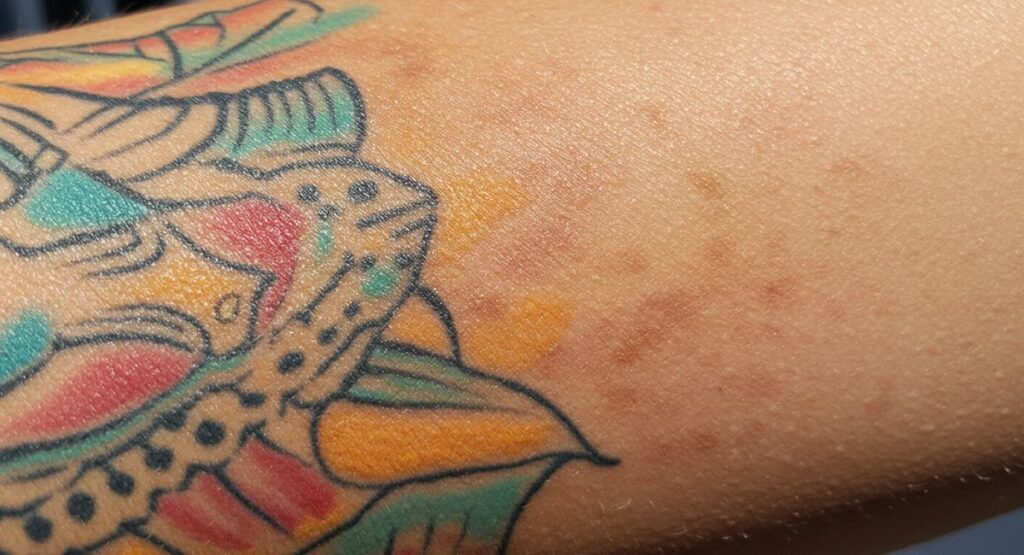
Common Myths About Tattoos and Sun Exposure
Let’s debunk some prevalent misconceptions:
| Myth | Reality |
|---|---|
| “Black ink doesn’t fade in the sun” | While black ink is more resistant than some colors, it still fades with UV exposure |
| “Once a tattoo is healed, it’s no longer vulnerable” | Tattoos remain vulnerable to UV damage throughout their lifetime |
| “Base tans protect tattoos” | A base tan offers minimal protection (equivalent to approximately SPF 3-4) |
| “Sunscreen isn’t necessary on cloudy days” | Up to 80% of UV rays penetrate cloud cover |
| “Tattoo location doesn’t matter for sun damage” | Areas with more sun exposure (arms, shoulders, legs) fade faster than areas typically covered by clothing |
Key Takeaways
- UV rays break down tattoo ink particles in your skin, causing fading and blurring over time.
- Daily sun protection is essential for maintaining tattoo vibrancy, regardless of season.
- Use minimum SPF 30 broad-spectrum sunscreen specifically formulated for tattoos when possible.
- Reapply sunscreen every 2 hours and after swimming or heavy sweating.
- Physical barriers like UPF clothing provide excellent supplementary protection.
- Fresh tattoos should be completely protected from sun exposure until fully healed.
- Consistent protection can extend tattoo quality by many years compared to unprotected ink.
How to Protect Tattoo from Sun: Frequently Asked Questions
How soon after getting a tattoo can I expose it to the sun?
You should keep a new tattoo completely covered and out of the sun until it’s fully healed, which typically takes 2-4 weeks. Even after healing, start with minimal exposure and maximum protection.
Can I use regular sunscreen on my tattoos or do I need special tattoo sunscreen?
Regular broad-spectrum sunscreen with SPF 30+ will provide basic protection, but specialized tattoo sunscreens often contain additional ingredients that help preserve ink vibrancy while protecting from UV damage.
Do darker-skinned people need to protect their tattoos from the sun?
Yes, absolutely. While darker skin provides some natural protection against UV rays, tattoo ink still breaks down with sun exposure regardless of skin tone. Everyone with tattoos should use sun protection.
How often should I reapply sunscreen on my tattoos?
Reapply sunscreen every 2 hours during continuous sun exposure, or immediately after swimming or heavy sweating, even if using “waterproof” formulations.
Will spray-on sunscreens protect my tattoos effectively?
Spray sunscreens can work if applied generously enough to create a visible layer before being rubbed in. However, many people apply spray sunscreens too thinly for adequate protection. If using a spray, make sure to thoroughly coat the tattooed area and rub it in evenly.
Can indoor tanning beds damage tattoos?
Yes, tanning beds emit concentrated UV radiation that can damage tattoos even more quickly than natural sunlight. Always cover tattoos completely when using tanning beds, or better yet, avoid them entirely.

How to Protect Tattoo from Sun: Conclusion
Your tattoo tells a story—whether it’s deeply personal, purely aesthetic, or somewhere in between. That story deserves to remain vibrant and legible for as long as possible. By understanding how sun exposure affects your ink and implementing a consistent protection routine, you’re not just preserving colors and lines; you’re preserving the meaning and memories behind your tattoo.
The most effective tattoo sun protection strategy combines multiple approaches: high-quality sunscreen, physical barriers when practical, and mindful behavior regarding sun exposure. This doesn’t mean you can’t enjoy outdoor activities or beach days—it simply means taking the extra steps needed to protect your body art investment.
Remember that consistency matters more than perfection. Even implementing basic protection measures most of the time will significantly extend your tattoo’s vibrancy compared to no protection at all. Your future self (and your tattoo artist) will thank you for the care you’re taking today to preserve your ink for tomorrow.
What sun protection methods have worked best for your tattoos? Share your experiences and tips in the comments below and give us your opinion about your own methods of How to Protect Tattoo from Sun.
Author’s Top Picks
- Best Way on how to Protect Hair from Sun and (Still Look Cute)
- Best Natural Sun Protection for Every Skin Type in 2025 (No Sunscreen Needed!)
- The Best Polarized Sunglasses for Your Needs: Why Sunglasses Are Essential for Sun Protection (Beyond Fashion!)
- Can You Bring Sunscreen on a Plane? TSA Rules Explained in 2025

